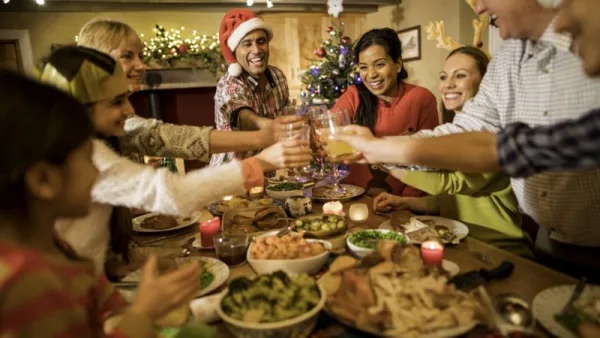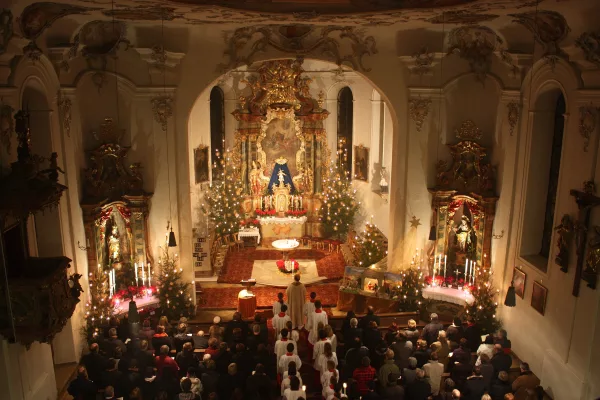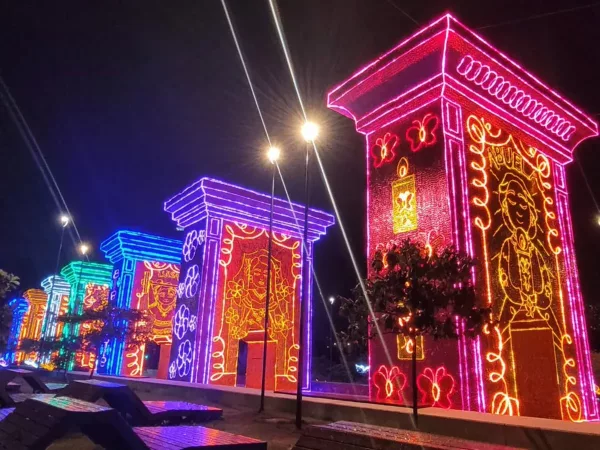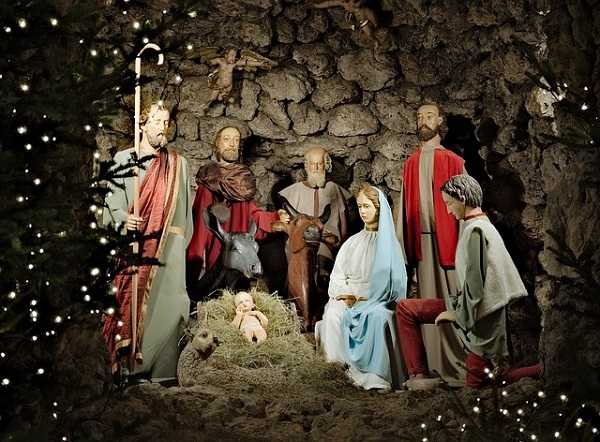The holiday season is right around the corner. With all the members of the IE community being from such diverse and international backgrounds, winter break and celebrations look different for everyone. As a Latin American, I would love to make a little tribute to my region and share with the rest of the community some of the traditions that make this season so joyous. So, grab your cafecito and come along to learn about the holiday experience in Latin America.
General Practices
Garlands, lights, and sparkles are an essential part of the holidays. Most Latino households celebrate Christmas, so it is a widespread practice to gather the family to decorate homes right as the festivities approach. By the beginning of November, most houses have trees and wreaths adorned with all kinds of shiny ornaments and colorful lights that bring a joyful aura to the spaces.
Under the glitz of the Christmas trees, you will commonly find the Nacimientos or Belenes, sometimes referred to as Pesebres Navideños. These are setups, usually with porcelain figurines, of the Nativity Scene of Jesus’ birth with the three wise men.
For most Latinos, the magic of Christmas takes place on Christmas Eve or Nochebuena. The 24th is the day when all family members gather in the designated house and have a delightful Thanksgiving-like dinner. Each person contributes with a traditional dish and the scent of magic fills the air as all sit down to enjoy the food and company. Which dishes are brought will vary from country to country but some of the most popular ones are Arroz Navideño, roasted pork, Pan de Fruta, and eggnog which we call Ponche. After dinner, it is tradition to open gifts under the Christmas tree while listening and dancing to famous Christmas merengues and boleros. Also, it is usual to go to bed early in Nochebuena. Everyone stays late into the night dancing, talking, and celebrating the festivities and their time together.

Now that you are familiar with some of the general traditions, let’s get into specific practices in countries of the region:
Argentina
Christmas here is celebrated during summer, given the geographical location of Argentina. It is customary to gather the family in Nochebuena for dinner to enjoy the traditional asado argentino as the main dish with fluffy Panettone, called Pan Dulce, and turrón for dessert. At midnight, people congregate at the church for Misa del Gallo to celebrate the coming of Christmas.

Colombia
Colombian Christmas celebrations begin on December 7th with Dia de las Velitas (Day of the Candles). It is a celebration in the name of the Immaculate Conception, where believers take to the streets with candles that fill the doors of their homes to guide the path of the Virgin. Colombia is also famous for the alumbrados, which are big structures decorated with colorful lights that bring life to the city.

Mexico
Before Nochebuena and Christmas Day, Mexicans celebrate the Virgin of Guadalupe on December 12. Then, starting on the 16th, the traditional posadas begin. These processions are usually led by a child carrying ceramic statues representing the Virgin Mary and Saint Joseph, followed by family and friends. The posadas, held every night from December 16 to 24, commemorate the journey of the Virgin Mary and Joseph to Bethlehem in search of a place for the birth of Jesus.

The Caribbean
The tropical region is not exempt from giving the holidays their own twist. Christmas carols, many of which are renditions of traditional American carols, are sung in different languages with local beats and instrumentals. On the dinner table, it is common to see an assortment of flavourful roasted meats, colorful varieties of salads, cakes, fried entrees, and lots of Ponche.
On Christmas Day, it is customary for families to go to church in the morning after a long night of celebration and festivities. Lastly, the Three Wise Men play an important role in Caribbean culture. It is tradition that on the 6th of January, children receive small gifts from the Wise Men to thank the birth of Jesus and welcome the new year.

Latin America is a heavily diverse region with each country having its unique traditions and customs for the coveted holiday season. I hope this article was able to give you a small glimpse into the beautiful cultures when celebrating such lovely festivities. Best of luck on finals, safe travels, and wish a happy holiday season for all of you!






